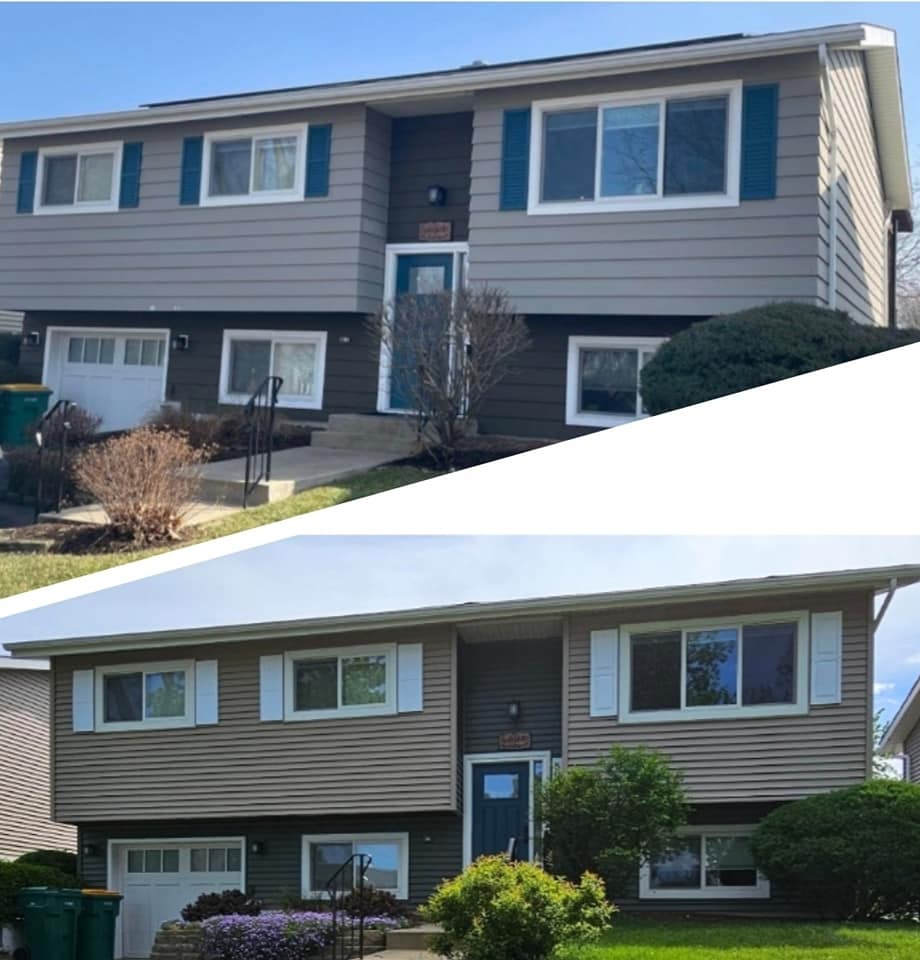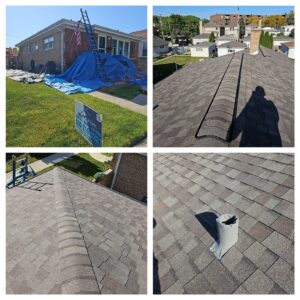Service above and beyond. Next Level Exteriors & Construction Company began with passion. Passion for our work, our clients, our family. We realized along the way that all of these passions merged to create a team that truly cares about end results. Results that we feel you too will believe are Next Level. With over 25 years collective experience in the local restoration industry, we have learned how to combine the traits every homeowner cares about for their projects: Reliability, Quality, and Affordability.

A sturdy roof is a guardian against the elements, but wear and tear over time or sudden disasters can compromise its integrity. Roof damage, whether from storms, leaks, or aging, demands prompt repair to safeguard the building and its occupants. In this article, we delve into the essentials of roof damage repair, offering insights and guidance to ensure effective restoration and long-term protection.
Identifying Roof Damage: The first step in roof damage repair is a thorough assessment to identify the extent and nature of the damage. Look for signs such as missing or damaged shingles, water stains on ceilings, sagging areas, or debris accumulation. Conduct an inspection both from the exterior and interior to catch any hidden issues, and consider hiring a professional roofer for a comprehensive evaluation, especially after severe weather events.
Types of Roof Damage: Roof damage can manifest in various forms, each requiring specific repair approaches:
Repair Techniques and Materials: Effective roof damage repair requires the right techniques and materials tailored to the specific issues encountered:
Preventive Maintenance: Once repairs are complete, proactive maintenance is key to extending the lifespan of the roof and minimizing future damage:
Conclusion: Roof damage repair is a vital aspect of property maintenance, ensuring the continued protection and structural integrity of buildings. By promptly identifying and addressing roof damage using appropriate repair techniques and materials, property owners can mitigate risks, preserve the value of their investment, and enjoy peace of mind knowing their shelter is secure against the elements.

